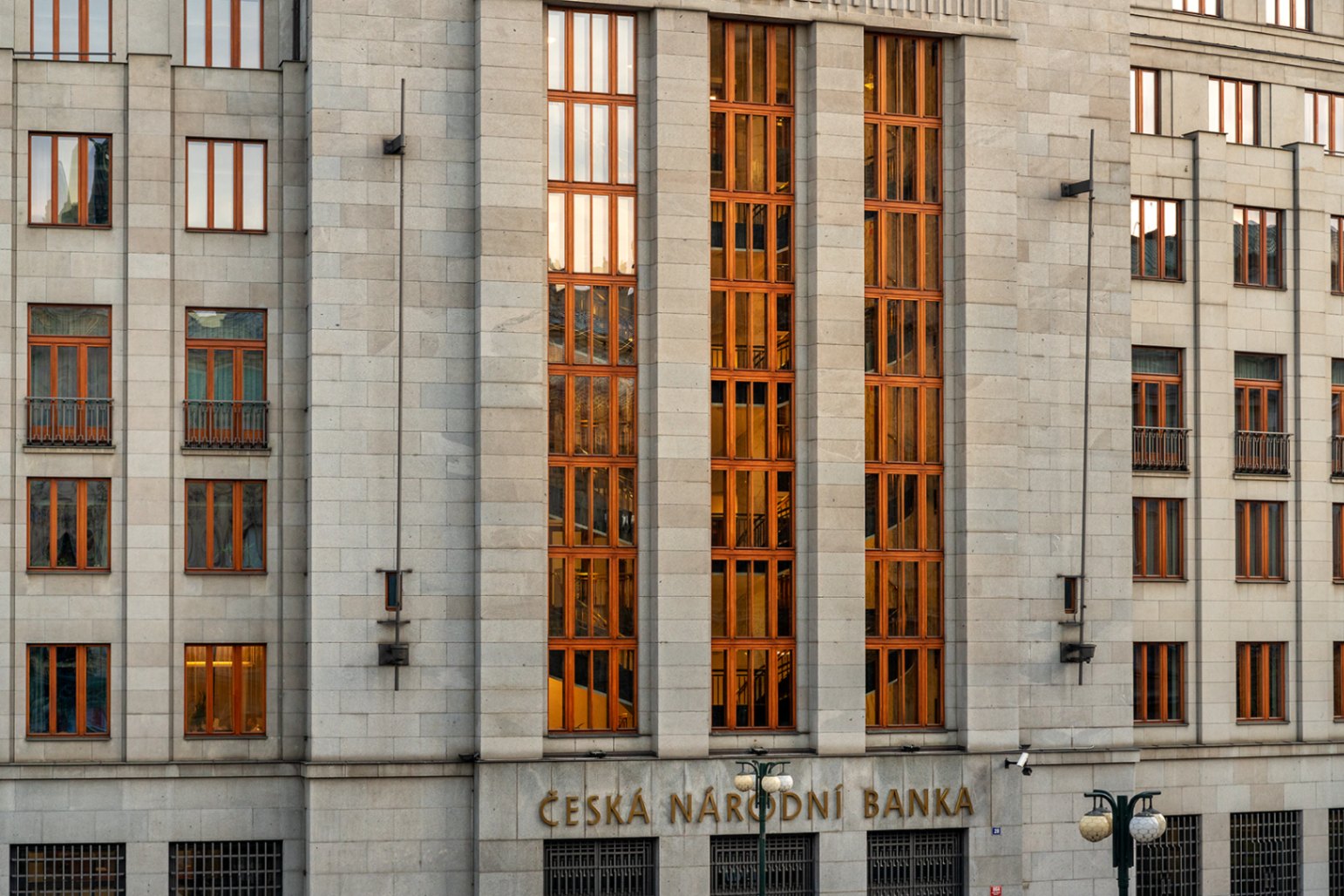CNB cuts base interest rate to 3.75 per cent
Economic commentary by Jaromir Šindel, Chief Economist of the CBA

The CNB cut its interest rates by a quarter percentage point, bringing its two-week repo rate down to 3.75% after a pause in December to 4%. The communication again remained more hawkish compared to the CNB's own forecast, which still envisages interest rates falling below 3% in 2026. The difference in communication likely reflects the board's concern that the forecast still solid economic growth will keep inflationary pressures in the economy. At the same time, the Board would like to see consumer price growth return to the CNB's inflation target sooner than at the end of next year. Respectively, Governor Ales Michl mentioned that a return to the inflation target requires higher interest rates than forecast. Also, the risk of a recovery in lending activity was mentioned as a medium-term upside risk within a rather mildly inflationary risk mix relative to its forecast. Despite or in view of the CNB's communication, we are likely to see further cuts in its interest rate, towards 3.25% in the second half of this year.
The CNB's forecast keeps the interest rate outlook below 3%, below the market's target and the level communicated by the CNB's Board
Today's cut in the CNB's two-week interest rate to 3.75% was unanimous and reflects the deterioration in external demand and the as yet unrealised risks of persistently high service price growth. The CBN's new forecast envisages 3M PRIBOR around 3% at the turn of this year and next, and below 2.9% in mid-2026. This is below market expectations (FRA 12x15 and 15x18 around 3.3%) but closer to analyst consensus (3.25% from Q3-2025 according to Reuters).
Governor Michl reiterated several times during his presentation that he expects interest rates to fall more modestly, making monetary policy a bit more restrictive than the baseline forecast suggests. The communication is thus likely to be influenced by two as yet unpublished scenarios, where the first scenario envisages continued stronger growth in food and services prices and the second one envisages deteriorating external demand accompanied by continued inflationary pressures, especially in services.
CNB economic outlook: resilient GDP growth and a gradual return to the centre of the inflation target by the end of 2026
The CNB did not surprise me too much by lowering its estimate of economic growth to 2% year-on-year this year. However, GDP growth was stronger than the CNB had expected (0.2% q-o-q) with 0.5% q-o-q growth in Q4-2024. This risks slightly stronger GDP growth of 2.2% y-o-y this year (closer to the MoF's forecast of 2.3%) and 2.4% next year, as expected in the baseline scenario.
January's consumer price growth of 2.8% y/y was 0.3 pps higher than the CNB's new forecast, but probably due to the non-core segment, as the Governor noted that service prices developed further favourably in January. This is likely to have reduced the risk of alternative scenarios with higher service prices being realised.
The CNB retains a possible anti-inflationary "cushion" on EURCZK, although less than in the previous forecast
The CNB expects the EURCZK exchange rate to remain broadly stable in the coming quarter and a slightly weaker koruna against the euro from the second half of the year, with a level of around 25.4 in 2026. Although the CNB has lowered its 3M EURIBOR assumption to 2.2% in 2026 (from the original 2.5%), it remains around 25bp above euro market pricing (FRA 12x15 1.90%) and 20bp above the ECB's consensus deposit rate outlook of 2% from Q2 this year. Thus, if analysts' and market expectations for euro rates come to fruition, a potentially stronger crown may allow the CNB to cut interest rates a bit more or return inflation to the CNB's target sooner.